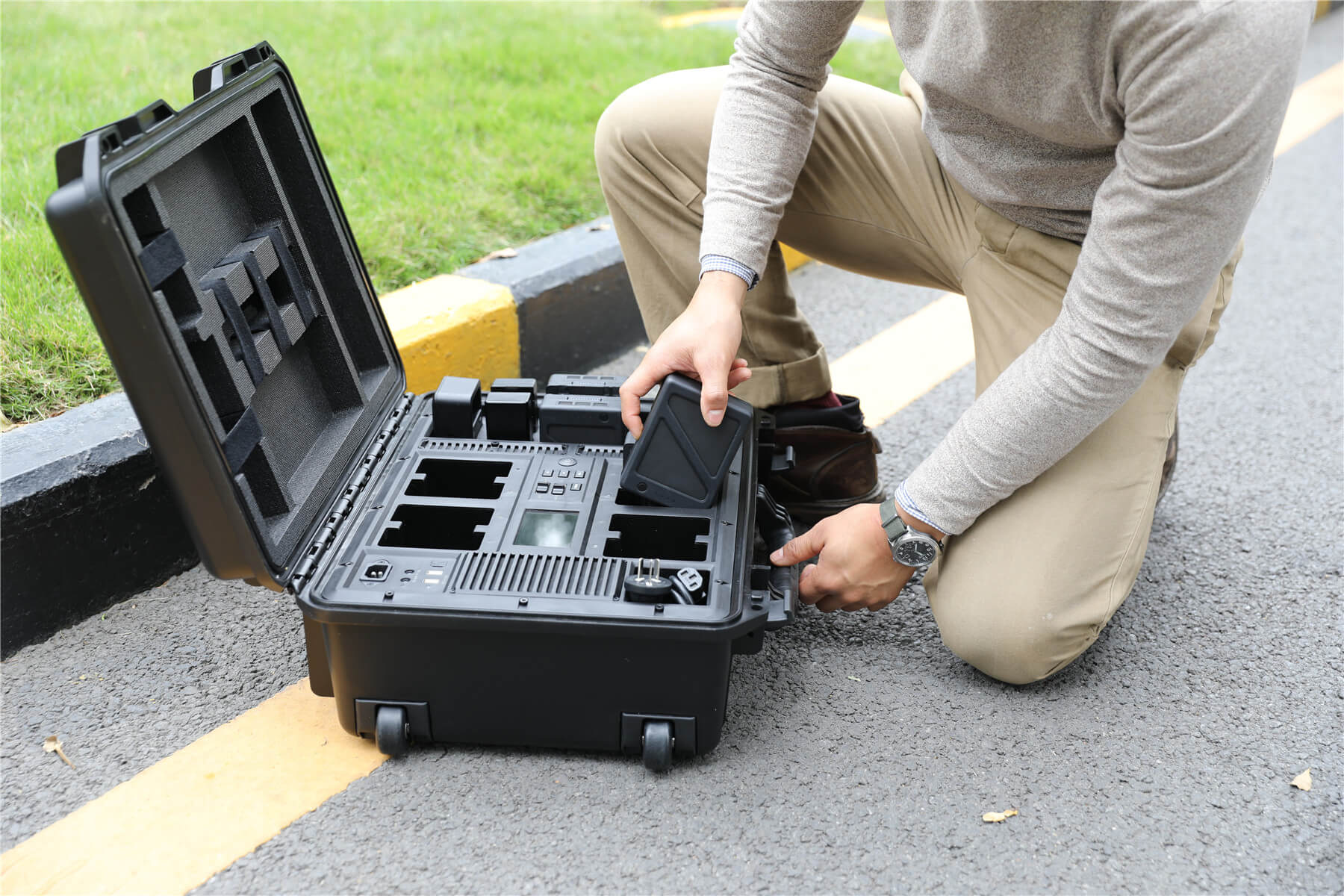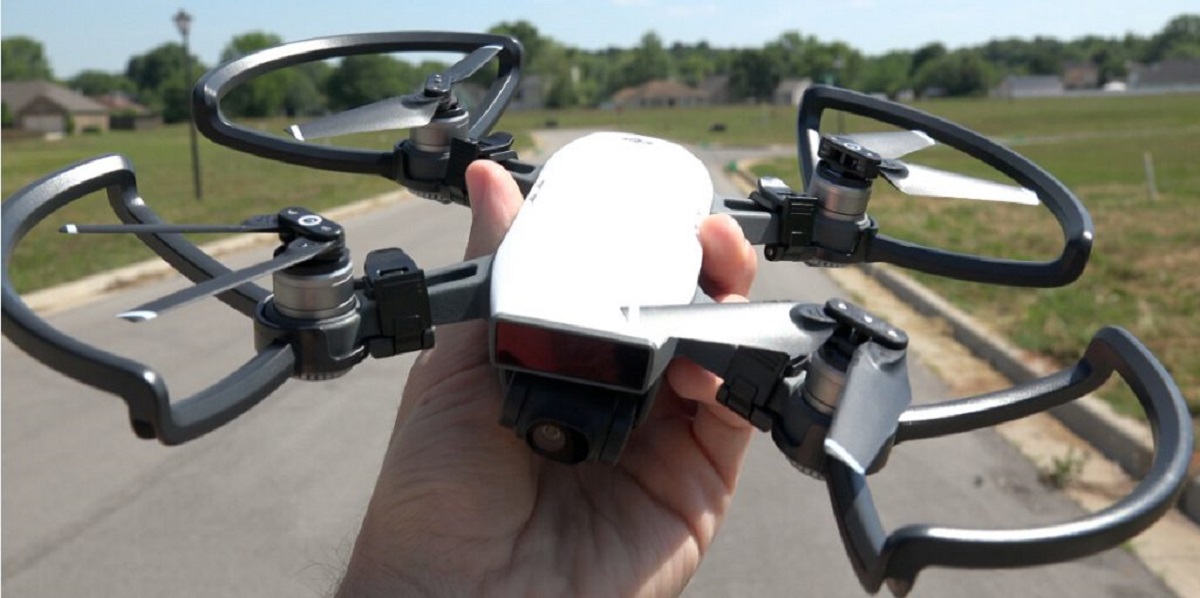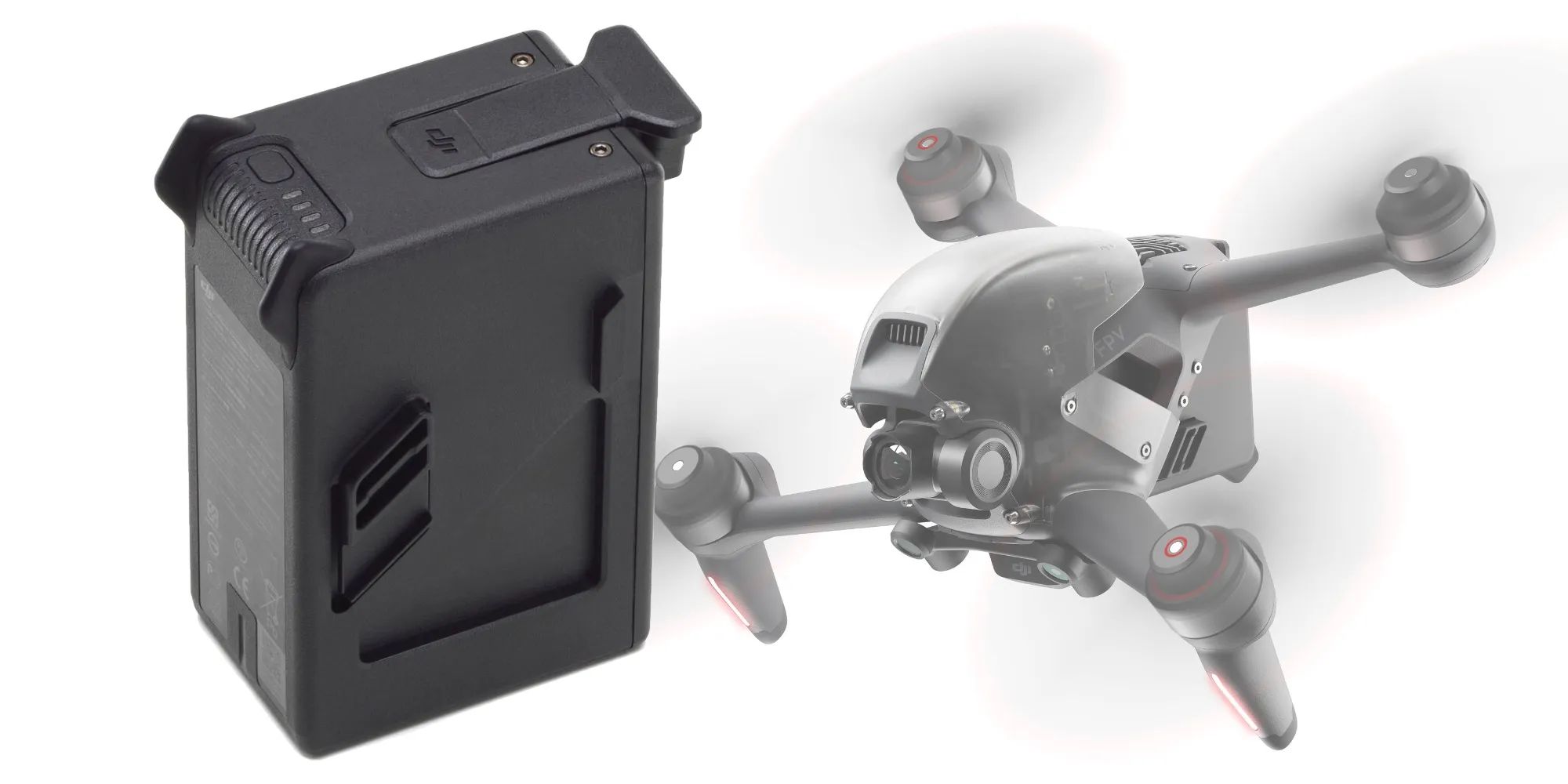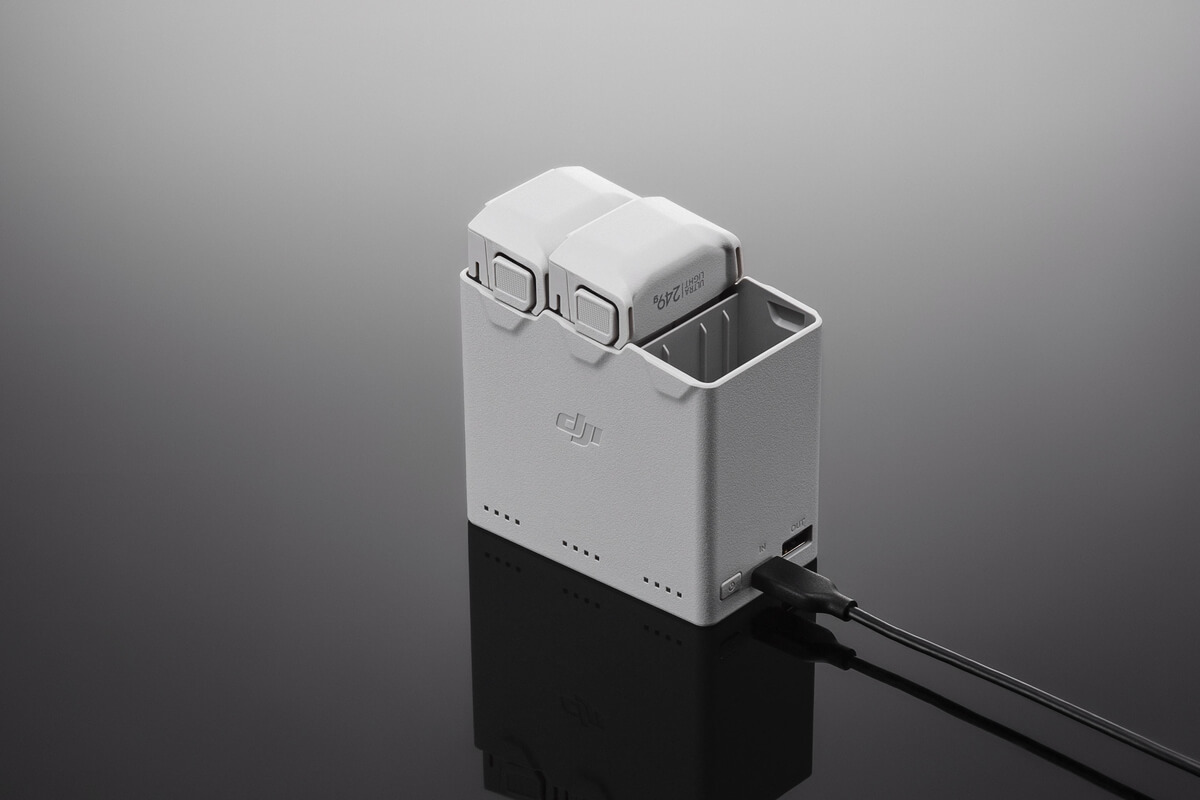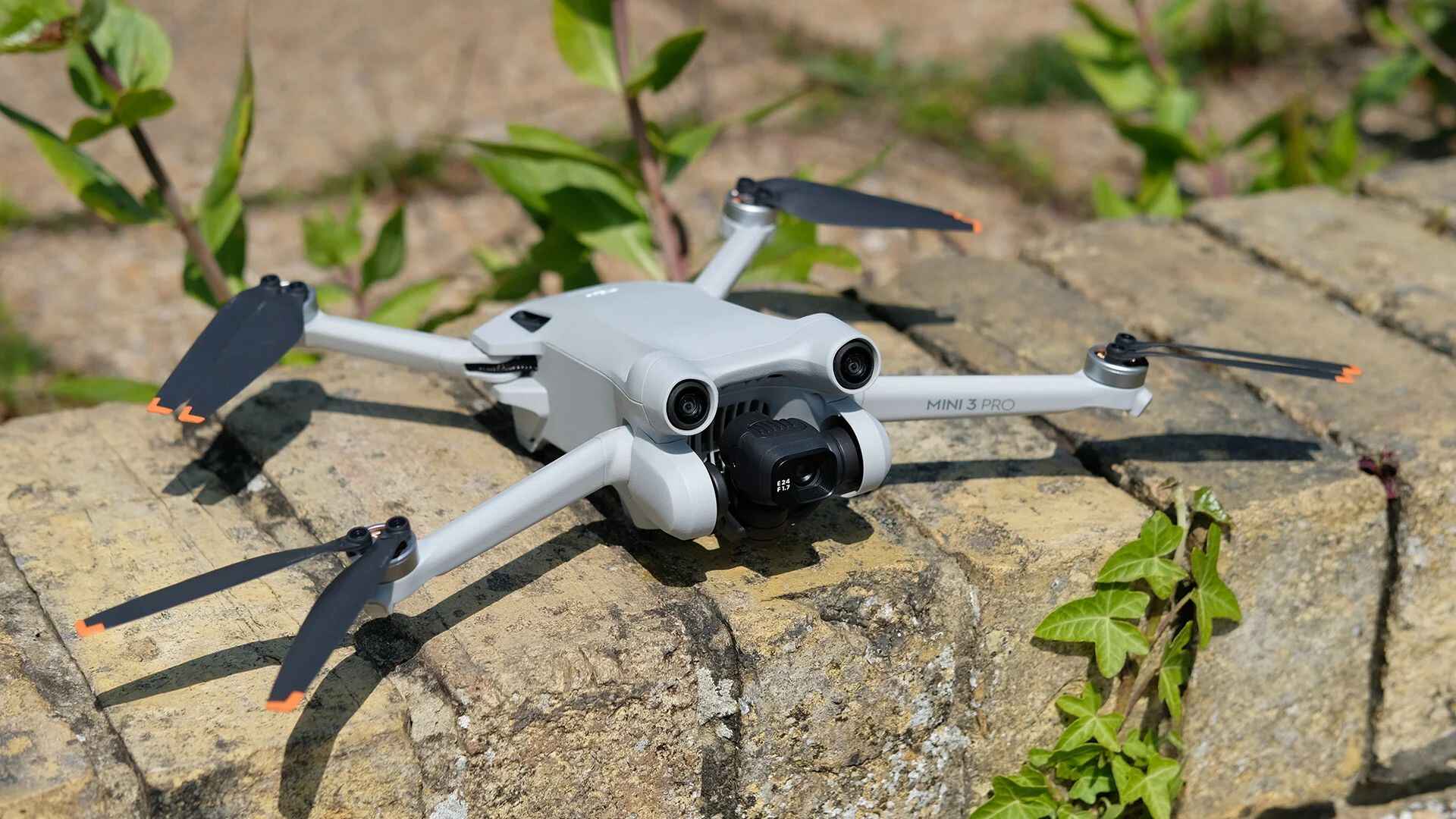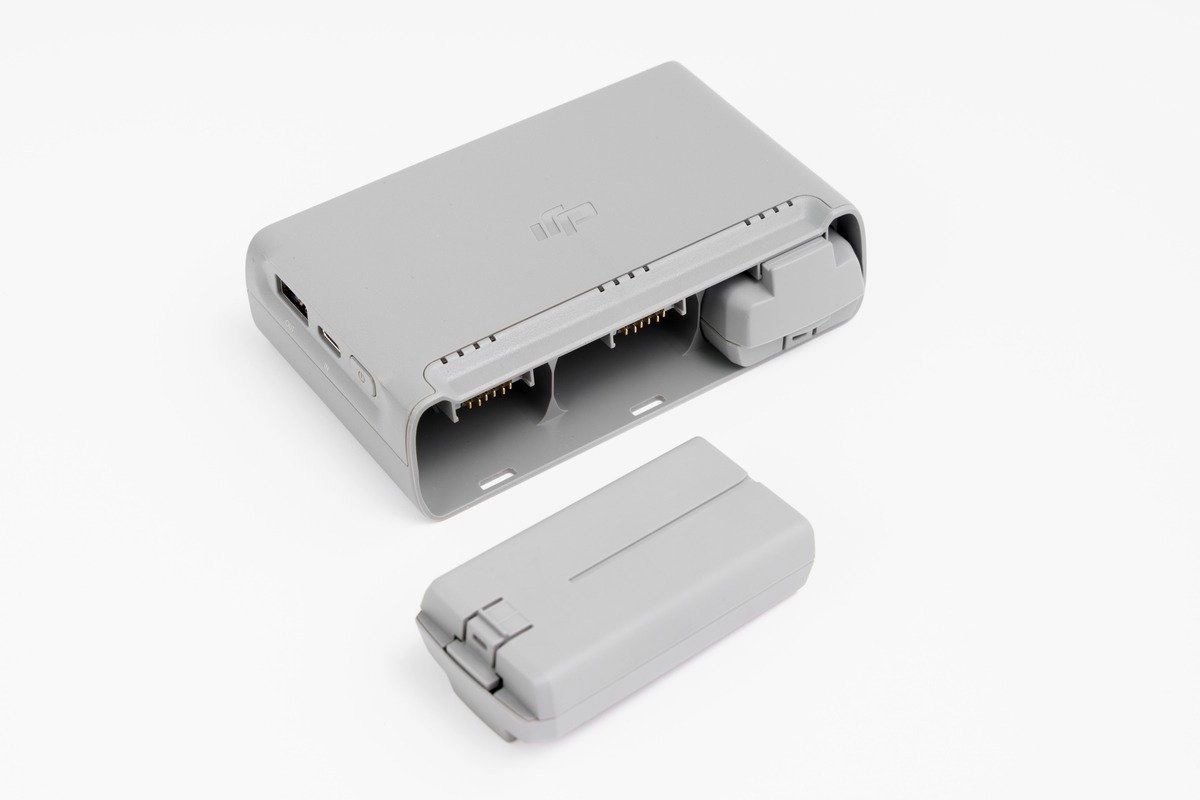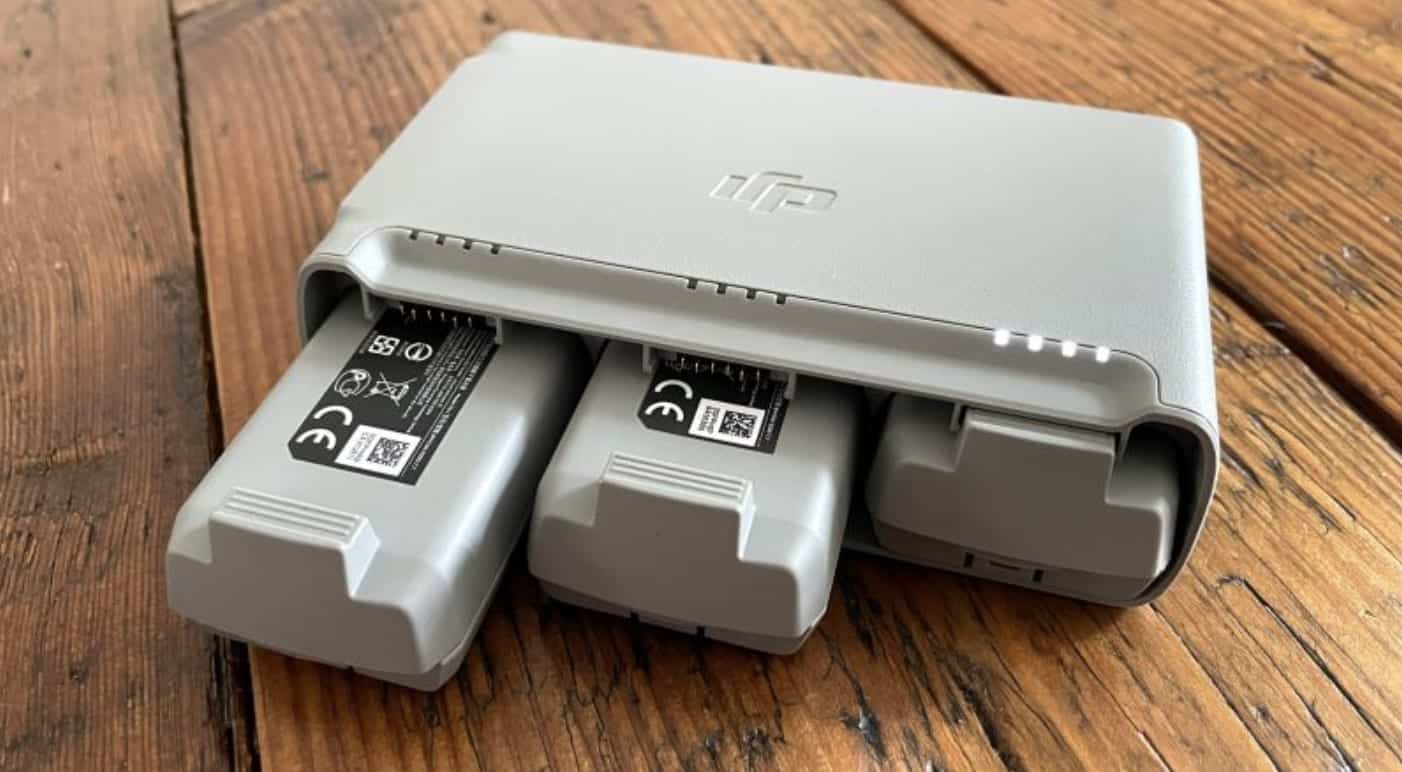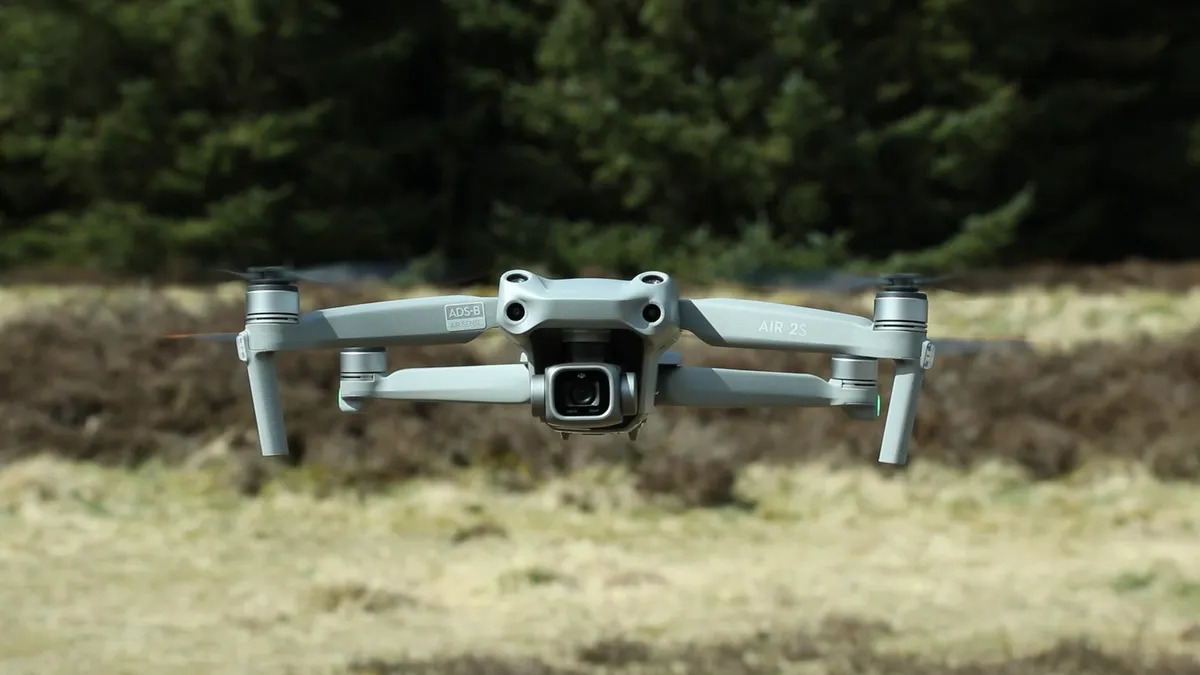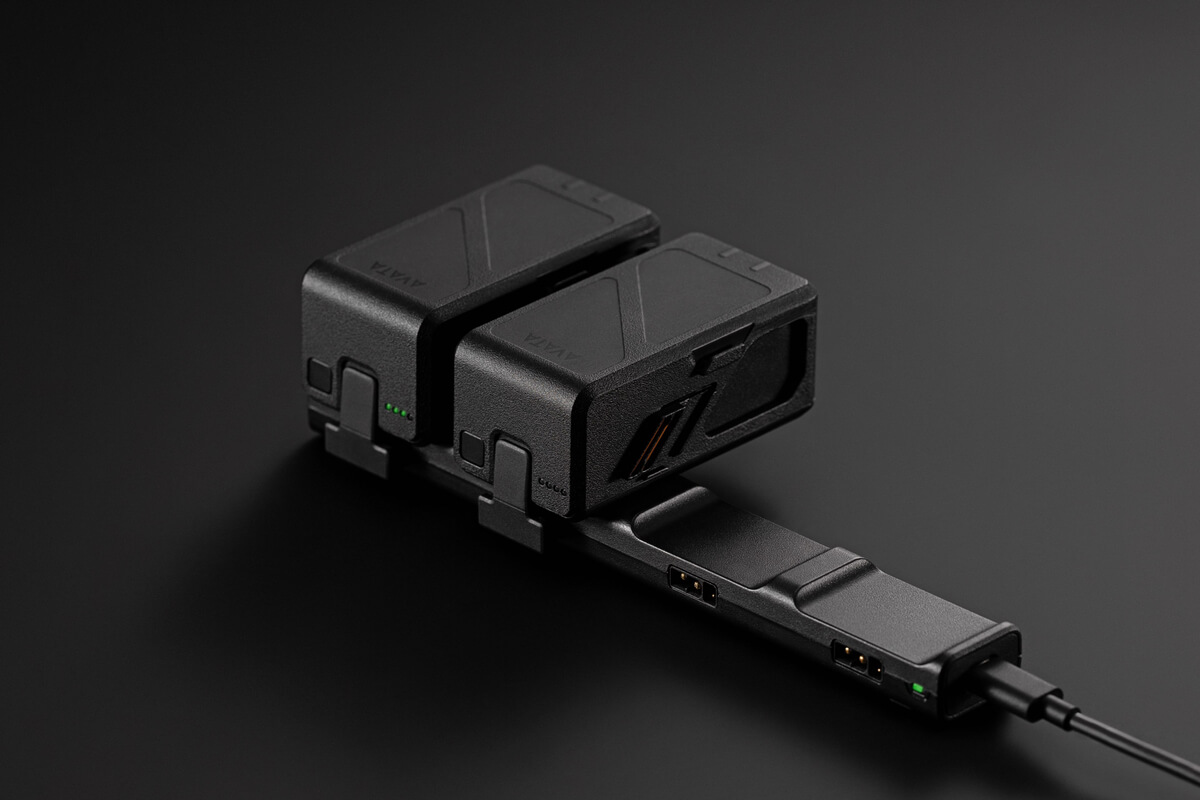Introduction
DJI is a leading manufacturer of drones and their batteries play a crucial role in ensuring optimal flight performance. As a drone enthusiast or professional pilot, it is essential to have a clear understanding of how long it takes for a DJI battery to charge. The charging time can vary depending on several factors, such as the battery model, capacity, charger type, and the power source used.
Knowing the approximate charging time for your DJI battery is vital for planning your flights and ensuring that you have enough charged batteries on hand. In this article, we will explore the factors that affect DJI battery charge time, discuss the charging time for different DJI battery models, provide tips for reducing charging time, and offer guidance on how to properly charge DJI batteries.
Whether you are a recreational drone pilot or a professional filmmaker using DJI drones for aerial cinematography, understanding the battery charging process will help you optimize your drone’s performance and maximize flight time. So, let’s delve into the details and get a comprehensive understanding of how long it takes for a DJI battery to charge.
Factors that affect DJI battery charge time
Several factors can impact the charging time of DJI batteries. It is important to consider these factors to accurately estimate the charging time and plan accordingly. Here are the key factors that affect DJI battery charge time:
- Battery capacity: The capacity of the battery plays a significant role in determining the charging time. Higher capacity batteries will naturally take more time to charge compared to lower capacity ones.
- Charger type: DJI offers various chargers for their batteries, including standard chargers, fast chargers, and multiple battery charging hubs. Fast chargers can significantly reduce charging time but may require additional precautions to prevent overheating.
- Power source: The power source used for charging the batteries can affect the charging time. Charging your DJI batteries using a higher-powered source, such as a wall adapter, will generally result in faster charging compared to using a USB port on your computer.
- Temperature: Temperature plays a crucial role in the charging process. Extreme temperatures, either too hot or too cold, can affect the charging efficiency and potentially damage the battery. It is recommended to charge DJI batteries within the specified temperature range for optimal performance.
- Battery health: The overall health of the battery, including its age and usage history, can impact the charging time. Older batteries or batteries that have been heavily used may take longer to charge compared to newer ones.
By considering these factors, you can better estimate the charging time for your DJI batteries and plan your flights accordingly. However, keep in mind that the charging time provided by DJI is an estimate and can vary slightly based on the conditions and settings.
DJI battery charging time for different models
Each DJI battery model has its own charging time based on its specifications and capacity. It’s essential to be aware of the approximate charging time for your specific battery to plan your flights effectively. Here are the estimated charging times for some popular DJI battery models:
- DJI Mavic Air 2 Battery: The Mavic Air 2 battery has a capacity of 3500mAh and takes approximately 1 hour and 40 minutes to charge fully using the recommended charger.
- DJI Mavic Mini Battery: The Mavic Mini battery has a capacity of 2400mAh and takes approximately 90 minutes to charge fully using the recommended charger.
- DJI Phantom 4 Pro Battery: The Phantom 4 Pro battery has a capacity of 5870mAh and takes approximately 1 hour and 10 minutes to charge fully using the recommended charger.
- DJI Inspire 2 Battery: The Inspire 2 battery has a capacity of 4280mAh and takes approximately 1 hour and 40 minutes to charge fully using the recommended charger.
- DJI Spark Battery: The Spark battery has a capacity of 1480mAh and takes approximately 50 minutes to charge fully using the recommended charger.
It’s important to note that these estimates are based on using the recommended chargers provided by DJI. Using third-party chargers may result in different charging times.
Keep in mind that the charging time may also vary slightly based on the factors mentioned earlier, such as battery health, charger type, and power source. It’s always recommended to refer to the official DJI documentation or user manual for precise charging time information specific to your DJI battery model.
Tips for reducing DJI battery charge time
If you’re looking to minimize the charging time of your DJI batteries and get back in the air quickly, here are some useful tips to consider:
- Use a fast charger: Invest in a fast charger specifically designed for your DJI battery model. These chargers can significantly reduce the charging time compared to standard chargers, allowing you to quickly replenish your batteries.
- Charge multiple batteries simultaneously: If you have multiple DJI batteries, consider using a charging hub that allows you to charge multiple batteries at once. This can save you time by charging multiple batteries simultaneously instead of one at a time.
- Monitor battery temperature: Charging your batteries within the recommended temperature range can improve charging efficiency. Avoid charging batteries that are too hot or too cold, as extreme temperatures can prolong the charging time and potentially impact battery health.
- Ensure a stable power source: Make sure you have a stable and reliable power source while charging your batteries. A fluctuating or unreliable power source can lead to interrupted charging and longer overall charging time.
- Keep batteries within optimal storage charge: Storing your DJI batteries at around 50% charge when not in use can help preserve battery health and potentially reduce the charging time when you need to recharge them.
Implementing these tips can help you optimize battery charging time and ensure that your DJI batteries are ready for your next flight adventure. However, always make sure to follow the manufacturer’s recommendations and guidelines to maintain the safety and longevity of your batteries.
How to properly charge DJI batteries
Properly charging your DJI batteries is crucial for their performance, lifespan, and your overall flight experience. Here are some important steps to follow when charging your DJI batteries:
- Use the recommended charger: Always use the charger provided by DJI or a compatible, certified charger specifically designed for your DJI battery model. Using unauthorized or third-party chargers can lead to poor charging performance or even damage to the battery.
- Connect the charger correctly: Ensure that the charger is properly plugged into a stable power source. Connect the charger cable to the battery securely and make sure there are no loose connections that could interrupt the charging process.
- Monitor the charging process: While charging, it’s essential to keep an eye on the battery’s charging status. Most DJI batteries have LED indicators that provide information about the current charging stage. This allows you to monitor the progress and identify any potential issues.
- Avoid charging in extreme temperatures: Charging your DJI batteries in extreme temperatures, such as under direct sunlight or in freezing cold conditions, can affect the charging efficiency and potentially damage the battery. Charge your batteries within the recommended temperature range specified by DJI.
- Charge in a well-ventilated area: To prevent overheating, it is advisable to charge your DJI batteries in a well-ventilated area. Avoid charging the batteries on flammable or heat-sensitive surfaces, and make sure there is adequate airflow around the charger and battery.
- Do not leave batteries unattended: It is important to never leave your DJI batteries unattended while charging. While rare, there is a small risk of battery malfunctions or overheating during the charging process. Always be aware of the charging status and keep an eye on your batteries while they are being charged.
- Charge and store batteries separately: If you have multiple DJI batteries, it is advisable to charge and store them separately. This prevents cross-contamination of energy levels and helps you keep track of the charging status of each battery individually.
By following these guidelines, you can ensure a safe and efficient charging process for your DJI batteries, prolong their lifespan, and enjoy uninterrupted flights each time you take to the skies.
Common questions about DJI battery charge time
Understanding the charging time of DJI batteries can raise some questions. Here are answers to some common questions that drone enthusiasts and pilots often have about DJI battery charge time:
- Can I use a fast charger to charge all DJI battery models?
While fast chargers can significantly reduce the charging time for many DJI battery models, it is crucial to check the compatibility of the fast charger with your specific battery. Some older or lower-capacity batteries may not support fast charging and could be damaged if used with a fast charger. - Can I charge my DJI battery with a power bank?
DJI batteries are usually designed to be charged using a wall adapter or other approved power sources. While it is possible to charge your battery using a power bank, the charging time may be significantly longer, and it may not provide the optimal charging conditions for the battery. It is recommended to use a reliable and stable power source when charging your DJI batteries. - How long can I expect my DJI battery to last after a full charge?
The flight time of DJI drones can vary depending on multiple factors, such as the drone model, flying conditions, and flight maneuvers. While DJI provides estimated flight times for their drones, it’s important to note that the actual flight time may differ. It is always recommended to fully charge your DJI batteries before each flight to maximize your flying time. - Can I charge my DJI battery overnight?
It is generally safe to charge DJI batteries overnight, as they are designed with built-in safety features to prevent overcharging. However, it is still advisable to monitor the charging process and ensure that you are using the recommended charger and a stable power source. If you prefer not to leave the battery charging unattended, you can set an alarm or timer to remind you to check the charging status. - Will using a fast charger reduce the lifespan of my DJI battery?
When used correctly, fast chargers should not significantly impact the lifespan of DJI batteries. However, it is essential to follow the manufacturer’s guidelines and recommendations for charging and discharging cycles. Proper maintenance and regular battery care, such as avoiding extreme temperatures and not fully depleting the battery before recharging, can help maintain the battery’s performance and lifespan.
By having answers to these common questions, you can have a clearer understanding of DJI battery charge time and make informed decisions regarding your drone flights and battery usage.
Conclusion
Understanding the charging time of DJI batteries is essential for drone enthusiasts and professional pilots alike. By considering the factors that affect DJI battery charge time, such as battery capacity, charger type, power source, temperature, and battery health, you can estimate the charging time and effectively plan your flights.
Different DJI battery models have varying charging times, and it’s important to be aware of the approximate charging time for your specific battery. Using a fast charger, charging multiple batteries simultaneously, monitoring battery temperature, ensuring a stable power source, and keeping batteries within optimal storage charge are all effective tips for reducing DJI battery charge time.
When it comes to charging DJI batteries, following the proper charging procedures is crucial. Using the recommended charger, connecting the charger correctly, monitoring the charging process, charging in suitable temperature conditions, and charging in a well-ventilated area are all important steps to ensure safe and efficient charging.
Answering common questions about DJI battery charge time, such as using fast chargers, charging with a power bank, flight times after a full charge, charging overnight, and the impact of fast charging on battery lifespan, provides further clarity and knowledge for drone enthusiasts.
By understanding DJI battery charge time and following the proper charging procedures, you can optimize the performance and lifespan of your DJI batteries, ensuring that they are ready for action whenever you take your drone to the skies.







